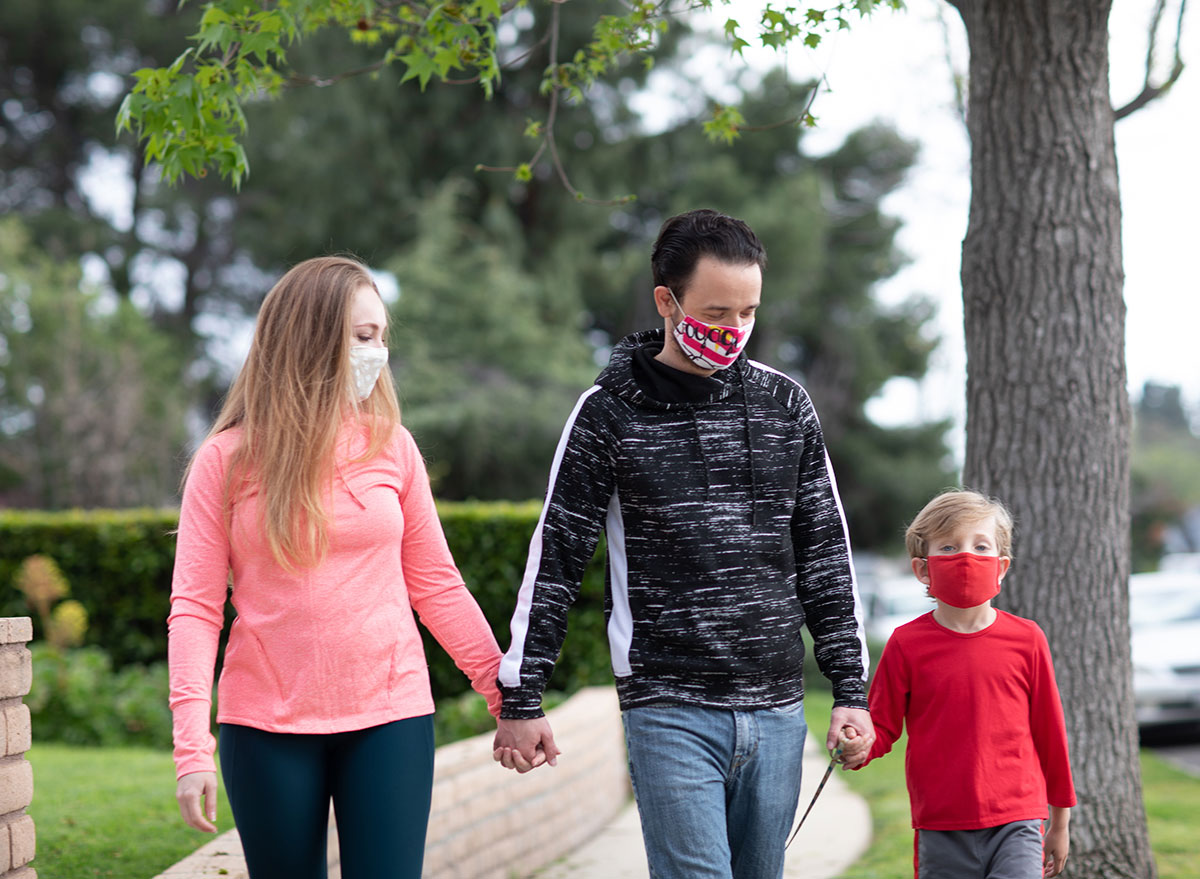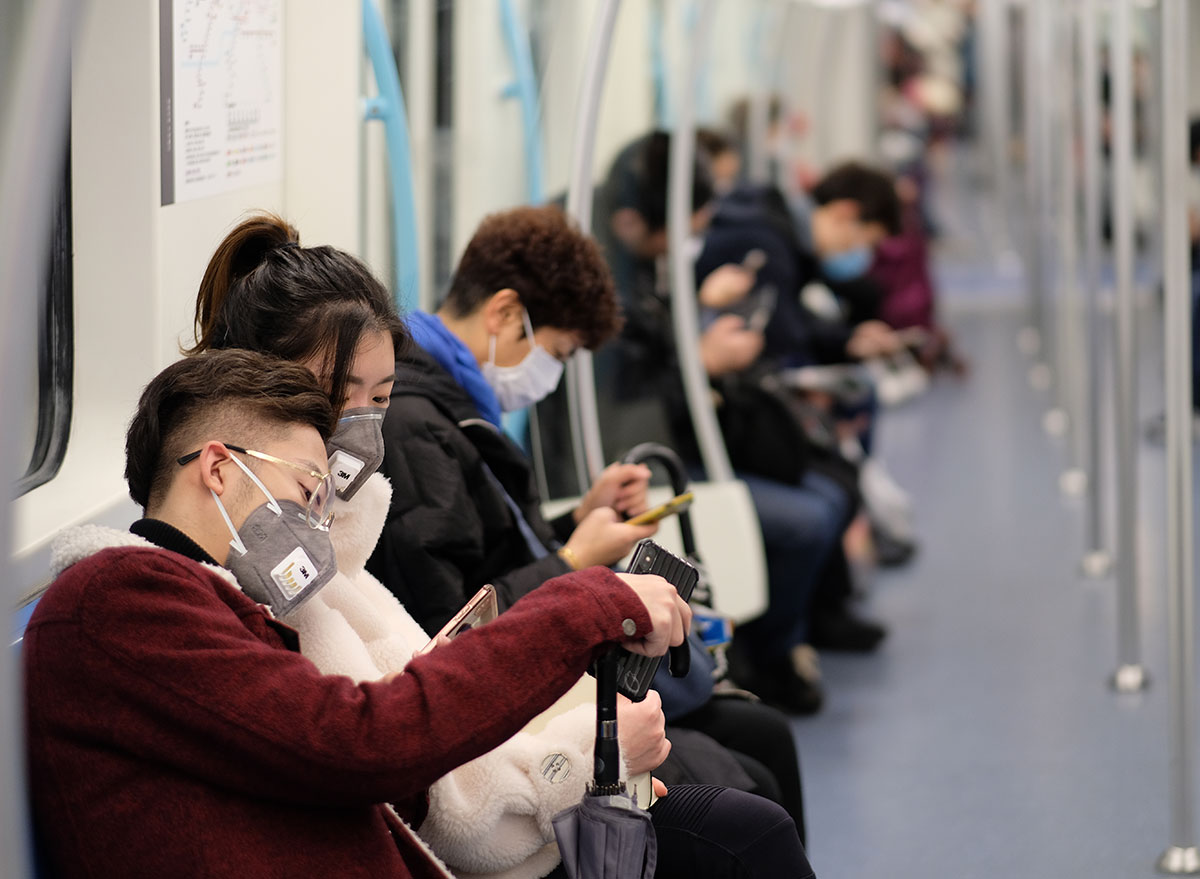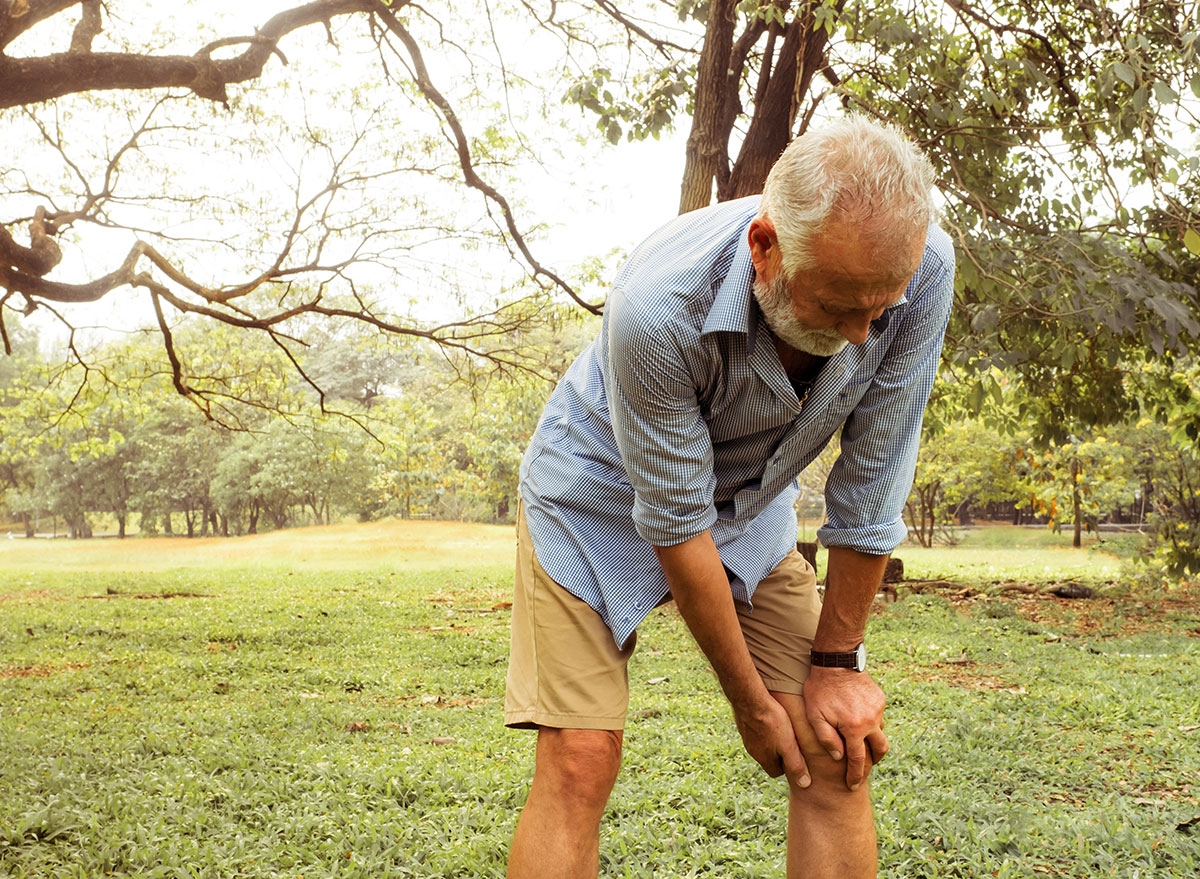7 Biggest Coronavirus Mysteries No One Can Explain

COVID-19 has dominated basically everything about our lives the past few months. But while it's consumed news coverage and become the main thing on our minds when we leave the house (for those of us lucky enough to go outdoors), there are still many aspects about the coronavirus that remain a mystery even to the experts. (Case in point: There's now only one way to contract COVID-19 at the grocery store, the CDC recently said.)
Whether it's why some regions are harder hit than others or how the virus is impacted by the temperature, here are seven big questions that remain to be answered about COVID-19.
How is it treated?

This is the multitrillion-dollar question. Teams of researchers have been working tirelessly to develop a vaccine, with ongoing clinical trials of both western and traditional medicines but only limited results so far. As the World Health Organization sums it up: "there are no medicines that have been shown to prevent or cure the disease."
"There is still lots of research to be done in this area," says Dr. Natasha Bhuyan, MD, a practicing family physician in Phoenix, Arizona. "One complicating factor is the different patient populations that are being studied. Some medications are being studied on patients with more severe illness in the hospital; we cannot extrapolate these results and apply them to patients with mild illness at home."
For all medications, scientists have to weigh the benefit of the medication with its side effects, and for that reason, WHO currently does not recommend self-medication with any medicines, including antibiotics. At this point, it suggests the best treatment is prevention—washing your hands frequently and thoroughly, avoiding touching your eyes, and keeping your distance from others. To keep yourself informed on the latest updates, make sure to sign up for our newsletter.
Can people develop immunity to it?

Once you recover from COVID-19, are you immune to catching it again? This is the premise behind the discussions around "herd immunity" or "immunity passports," which would allow those who have had the virus to go back to work, travel, or engage in social behavior without the risk that they are spreading the infection.
It's a compelling idea, except for the fact that, at this point, there's no reason to believe it would work.
"We do not have any reason to assume that the immune response would be significantly different from what's seen with other coronaviruses," Nicolas Vabret, an assistant professor of medicine at the Mount Sinai Icahn School of Medicine who specializes in virology and immunology, told Live Science.
Part of the challenge in answering this question is that there are different kinds of immunity. Recovery from a disease like smallpox or chicken pox leaves one with a lifelong immunity. But other immunities may last just a year or two, if that. Since COVID-19 has been circulating in the human population for six months or less, it's still too early to determine how long immunity to the disease lasts—and it may be years before we know. (Speaking of, here are 7 Precautions You Must Take Before Grocery Shopping.)
How prevalent is it?

While testing has ramped up across the globe and we compare the numbers from one city or country to another, these are really just rough estimates, and likely significantly underestimate the true total and spread. For one thing, many carriers of the virus are asymptomatic, so may have had it and overcame it without realizing they were ever infected.
"Additionally, testing was limited at the beginning of this pandemic so even people who had overt symptoms were often advised to self-isolate without testing," adds Bhuyan. "Also, many people who've had mild symptoms did not seek medical care or testing through this pandemic. But more widespread PCR and antibody testing will hopefully help scientists better determine prevalence in different regions."
Globally, this can get even more difficult as some regions are further behind in testing and equipment, making their current case numbers less than reliable. (Related: Here are 7 Subtle Signs You've Already Had Coronavirus.)
How exactly does it spread?

While research suggests that the virus is primarily spread through droplets, such as those produced when the infected person coughs or sneezes, lab tests have also shown that the virus can survive on surfaces for hours or even days. The CDC on May 20 released new guidelines that airborne droplets are the chief way that the virus spreads, stating "It may be possible that a person can get COVID-19 by touching a surface or object that has the virus on it and then touching their own mouth, nose, or possibly their eyes. This is not thought to be the main way the virus spreads, but we are still learning more about this virus."
The best policy for now, of course, is to take measures to avoid being infected by either of those ways—disinfecting surfaces and maintaining distance from others. (Speaking of, here's The Most Dangerous Place to Sit in a Restaurant After Coronavirus.)
"It always pays to be vigilant around coronavirus. Just because the most likely route of coronavirus spread is mouth to mouth, it doesn't mean that surface-to-mouth spread is impossible," Dr. Benjamin Neuman, a virologist and the head of the biology department at Texas A&M University-Texarkana, told Healthline.
Why are some areas harder hit than others?

Connected to this question of prevalence is the perhaps more baffling mystery of why some countries are more greatly impacted by the virus than others. While Indonesia is believed to have suffered thousands of deaths, nearby Malaysia is estimated to have experiences fewer than 100. While Iran was severely damaged by the outbreak, neighboring Iraq suffered relatively few casualties. Some of this can be explained by obvious factors, such as density or the country/state response. While Denmark imposed severe restrictions on its population and had experienced just over 500 COVID-19 deaths by mid-May, Sweden experienced more than six times that while avoiding going into a formal lockdown at all.
But there are numerous studies currently exploring what other factors could be at play, from demographics, to genetics, to elevation, with plenty of questions remaining. Some theories hold that those areas that have been less-severely affected just haven't fully been reached by the virus yet, or that they have comparatively younger populations, or maybe just culturally practice social distancing more than other societies (e.g. greeting with a bow instead of a handshake).
"We are really early in this disease," Dr. Ashish Jha, the director of the Harvard Global Health Research Institute, told The New York Times. "If this were a baseball game, it would be the second inning and there's no reason to think that by the ninth inning the rest of the world that looks now like it hasn't been affected won't become like other places."
How do warm temperatures affect the virus?

Some medical experts predict that, like the flu, COVID-19 might react to seasonal changes, dipping during warmer months as rising temperatures make it harder for the virus to spread. And will that mean it will come raging back once cooler temperatures, and traditional flu season, return?
Researchers have been looking into this question. One study by Harvard University found no significant difference in transmission rates between the cool, dry regions of China compared to the hot humid conditions of Singapore. But another study released the same week found that the virus seemed to spread more easily during warm weather. While these findings have been outliers to the extensive research that has been done on this question, for now, we can't say for sure either way. And as we enter the summer, it's a question that is going to become even more important. (Related: Here are 9 Things You'll Never Be Allowed to Do in a Restaurant Again.)
What are the long-term effects of infection?

While most people infected with COVID-19 make a full recovery, with many not even realizing they had it to begin with, it's not clear if infection causes long-term health issues. Surviors of COVID-19 have been found to suffer reduced lung function, including scarring.
"[S]ome patients might have around a drop of 20 percent to 30 percent in lung function," according to an infections-diseases expert who spoke to the South China Morning Post.
Dr. Reynold Panettieri, vice chancellor of clinical and translational science and a pulmonary critical care physician at the Robert Wood Johnson Medical Center at Rutgers University in New Jersey, described to CNN how patients of his "had an illness for about two weeks, and three months later, they're still not feeling 'quite right…They were aggressive athletes or were exercising and…they still haven't gotten back to that prowess that they were pre-illness."
It's still unclear just how severe and how long these post-COVID health issues last, and it may be years before we really know. Until then, make sure you're keeping yourself healthy by following best practices and also avoiding these worst foods for your immune system.








